
Understanding the Different Types of Small Pimples and How to Treat Them
Do you have a big date or gala event coming up, and your face is filled with small pimples? Well, we have been there. In such a situation, we frantically search for ways to immediately get rid of small pimples on the face. Scroll through this article to understand what causes small pimples, their types, and how to treat them.
What causes small pimples?
The different causes of small pimples on the face are as follows:
- Excessive oil production:When the sebaceous glands of your body become too active, they produce more sebum. This oily substance can clog hair follicles and trigger pimples.
- Bacteria:Both people with and without acne have bacteria thriving on their skin. But, bacteria on the skin can use sebum as a source of energy and cause inflammation.
- Dead skin cells:An accumulation of dead skin cells will clog pores and cause acne.
- Hormones:Several hormones are responsible for increasing sebum production in the body, which leads to acne breakouts.
- Diet:Some food items like dairy products and sugary items can increase the likelihood of acne.
- Stress:Emotional stress can cause abnormal hormone production, which leads to acne.
- Medications:Some medications are also linked to flaring pimples as a side effect.
Types of small pimples
The types of little pimples on the face are as follows:
Blackheads
Blackheads, also known as open comedones, are slightly raised bumps that are small in size and dark in colour. Blackheads are nothing but opened and widened whiteheads.
The skin around the blackhead seems normal. But the centre will be darker than the surrounding skin area. This discolouration occurs as a result of the contents of the whitehead getting exposed to air.
Whiteheads
Whiteheads, often referred to as closed comedones, appear as small, flesh-coloured spots on the skin. On lighter complexion, whiteheads display a white, circular centre with a red halo surrounding it. On a darker complexion, the surrounding area of a whitehead is dark or purple.
Usually, whiteheads won’t cause any scarring on your skin. But the skin surrounding a whitehead can be wrinkled or tight.
Papules
The diameter of a papule does not exceed 1 cm. These small bumps appear under the surface of the skin. They appear as raised bumps, which are tender to touch. Moreover, the skin around the papules also remains inflamed.
Papules don’t have a visible centre. Moreover, the papule pores are not wide.
Pustules
Pustules are usually larger than papules. They have a defined centre containing white or yellow pus. If you have light skin, the area around a papule will appear red or pink. On darker skin, the area surrounding a pustule seems black or brown.
Typically, pustules appear as larger and more inflamed versions of whiteheads. The pus inside pustules contains bacterial and immune cells trapped inside blocked pores.
Also Read:Different Types of Pimples & Treatments for it
Treatment options for small pimples
No matter the causes of tiny bumps on the face, following an effective skincare routine is essential. The first step to avoid small acne breakouts on the skin is to keep it clean and free from impurities. The Pink Foundry has launched the Clearing & Calming Acne Face Wash to provide clear and flawless skin.
The face wash for acne-prone skin provides a flow by removing excess oil, dirt, and dust. It also aids in getting rid of dead skin cells from the face with light exfoliation. Moreover, the face wash can open up blocked pores on the skin.
After cleansing, your skin will need hydration and nourishment. So, you should apply the Acne Care & Healing Gel Moisturiser with Tea Tree & Cica. This lightweight, non-greasy moisturiser will help control sebum production and prevent future breakouts. It will provide your skin with a smooth texture and speed up the process of healing from acne.
When to see a doctor for small pimples
Most of the time small, small pimples on the face disappear with proper skincare. But if you notice your pimples taking longer than usual to heal, you must seek medical advice. Visit the doctor immediately in case of the following:
- Your pimples are worsening after applying skincare products or taking OTC medications.
- You notice increased redness, inflammation, and irritation around your pimples.
- You notice small pimples causing scars on your face.
- Your pimples are causing persistent irritation, itching, and discomfort.
Conclusion
While dealing with acne can seem like an unending battle, the right skincare products can help. All you need to do is understand the requirements of your skin and use products accordingly. Thankfully, The Pink Foundry has skincare products to accommodate the unique needs of people with acne-prone skin.
FAQs:
1.How fast do small pimples go away?
Small pimples usually go away within a maximum of three to seven days. But the exact time will depend on what you are doing to get rid of small pimples.
2. Should I squeeze small pimples?
Irrespective of the size of your pimples, you should never squeeze them. Squeezing your pimples can cause permanent scarring on the face.
3. When do pimples stop showing up on the face?
Usually, pimples stop showing up when a person enters their 20s. But at times, pimples can continue for a long time throughout an individual’s adult life.







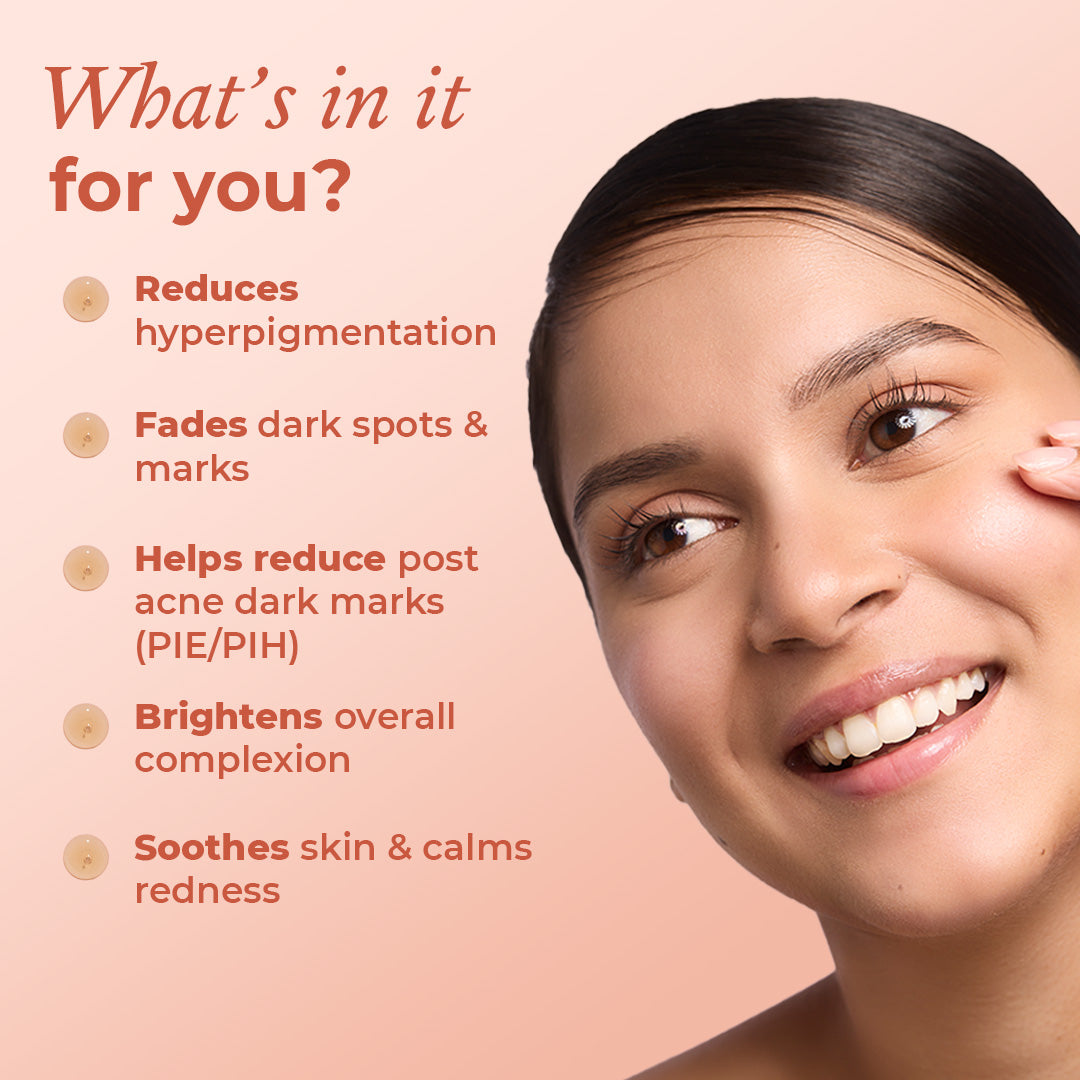

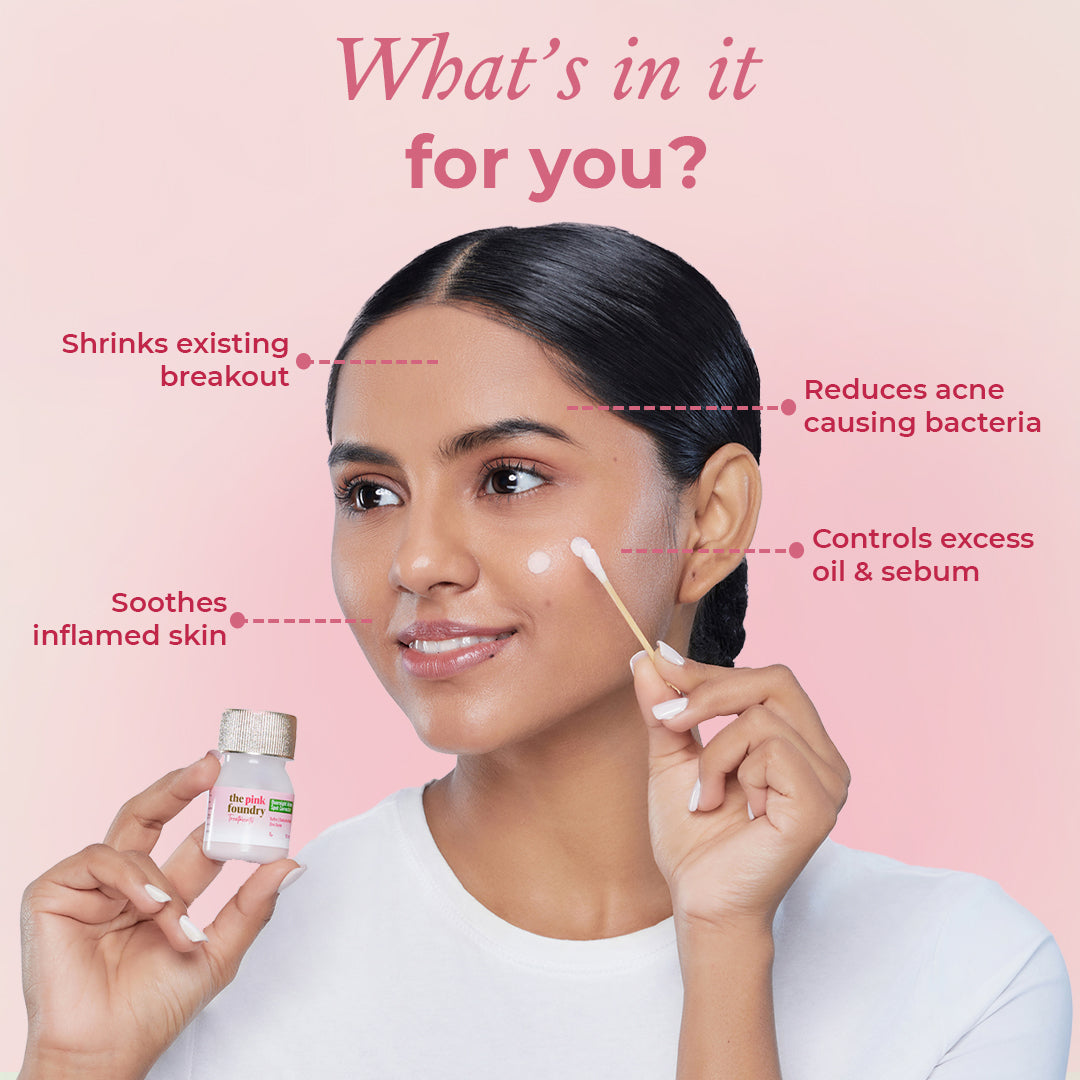
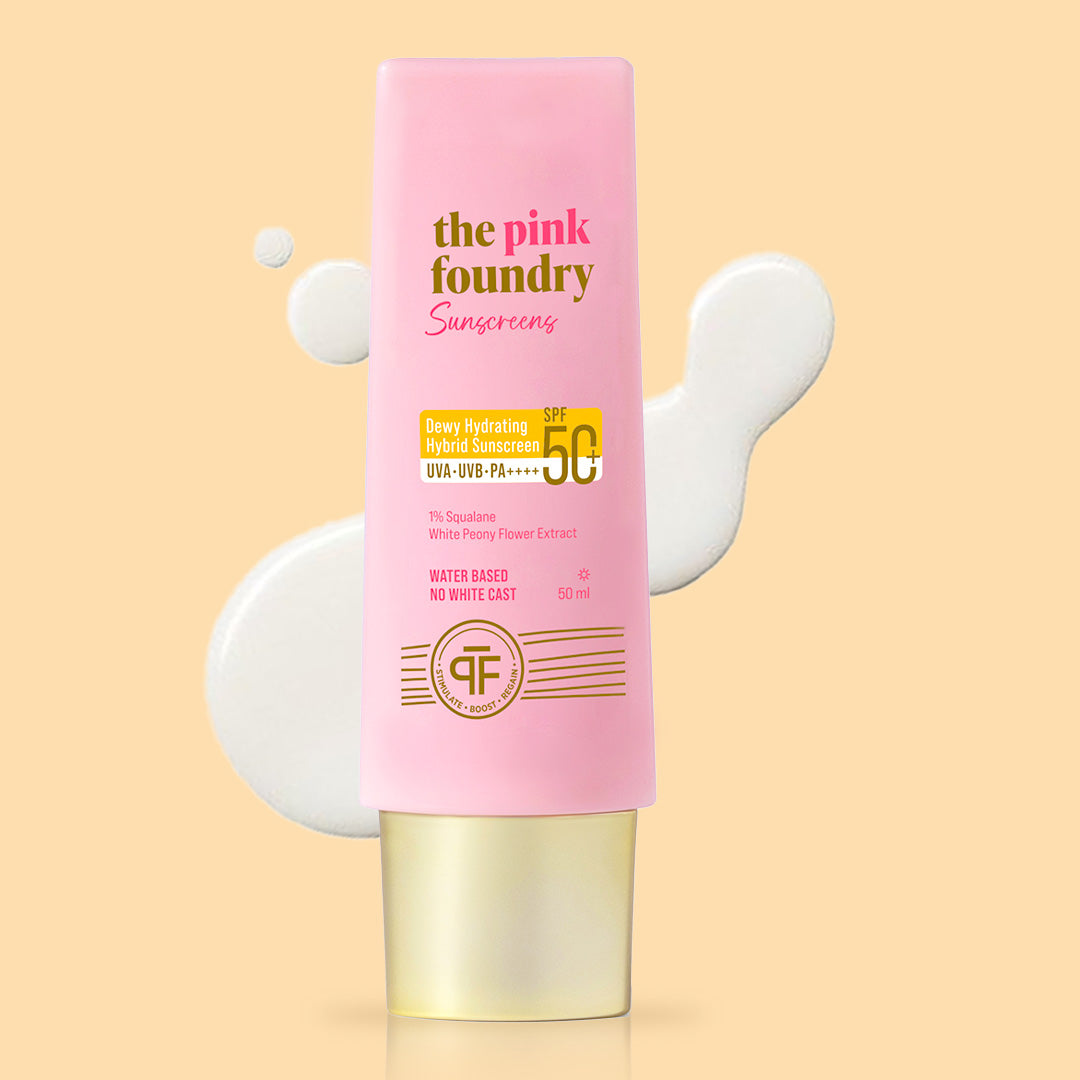
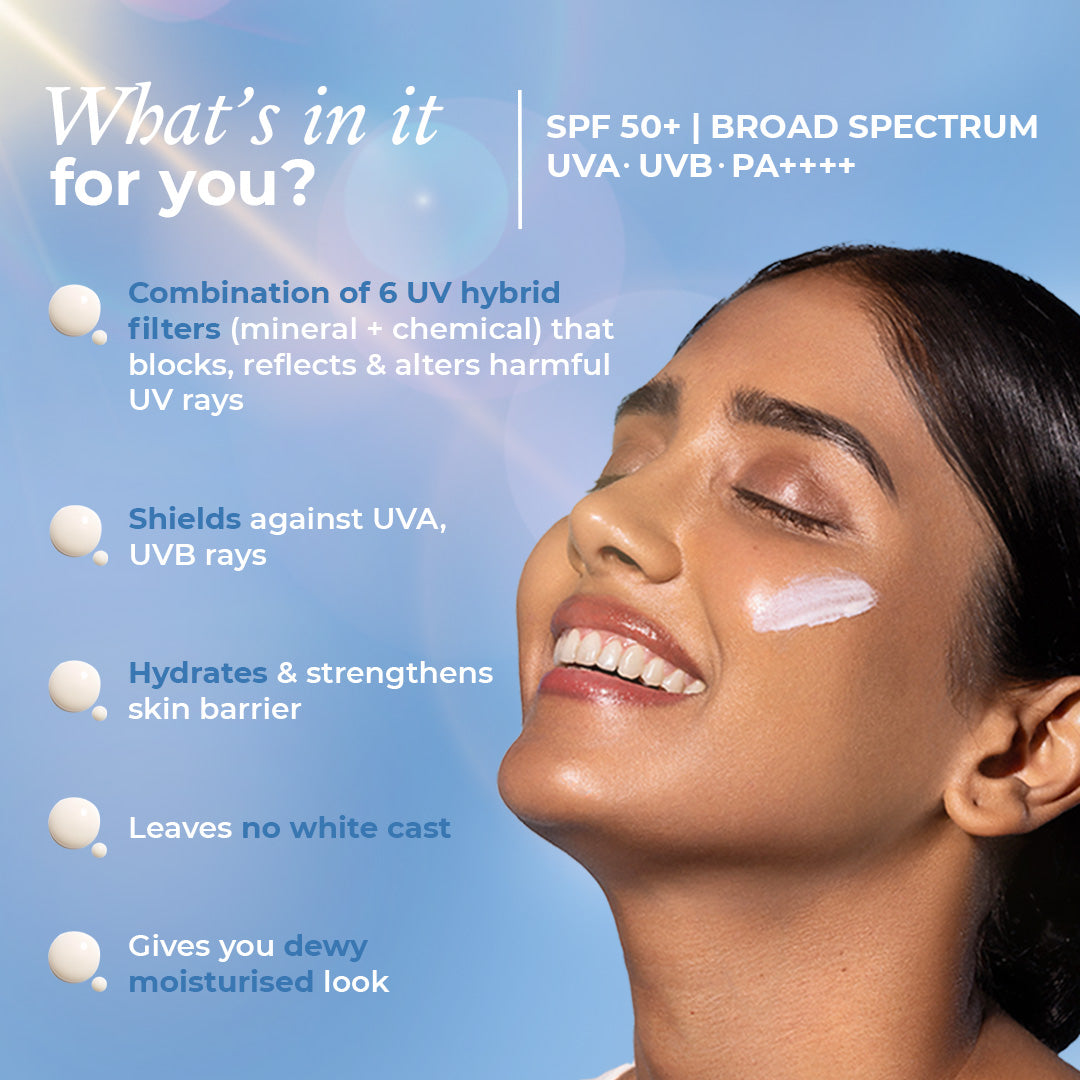
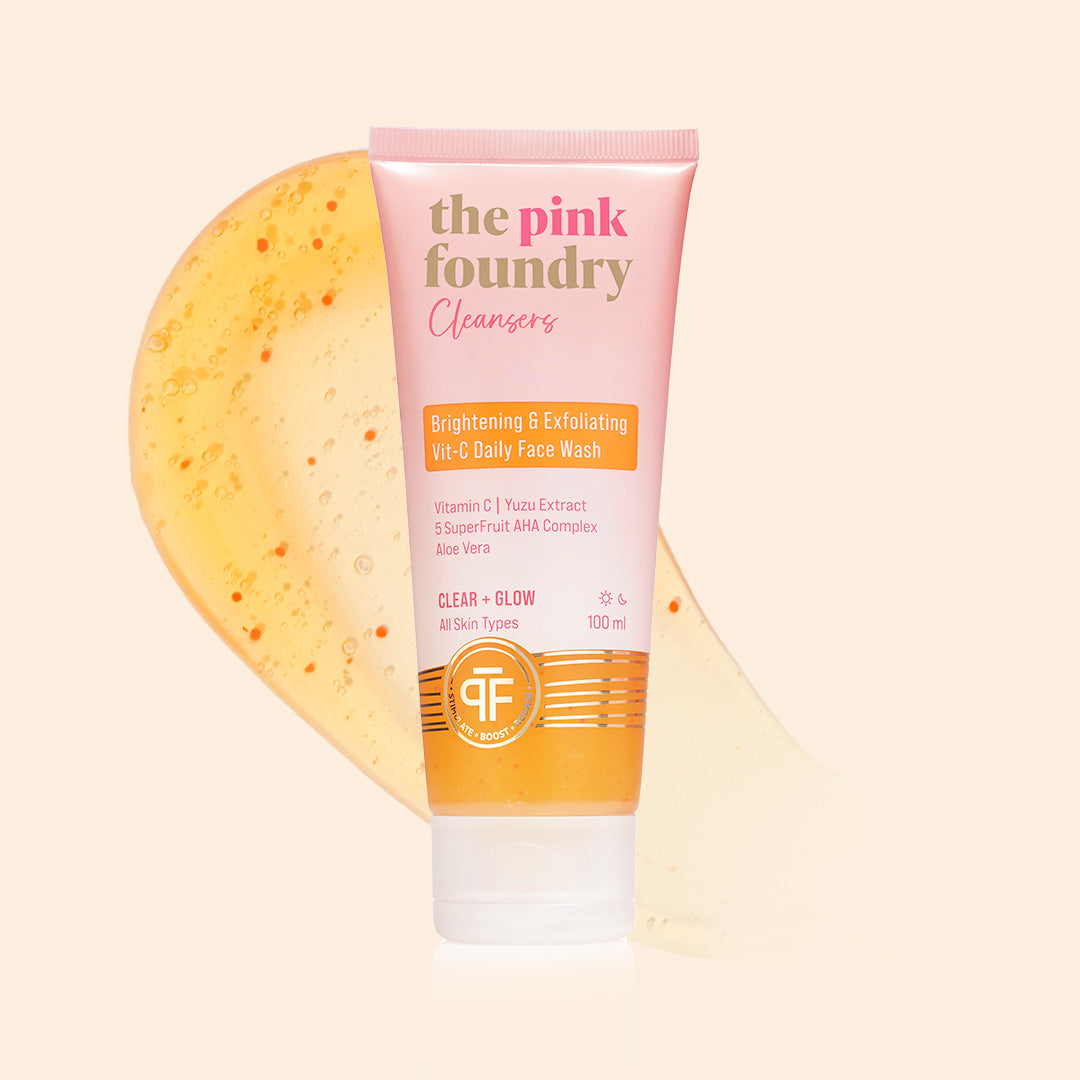
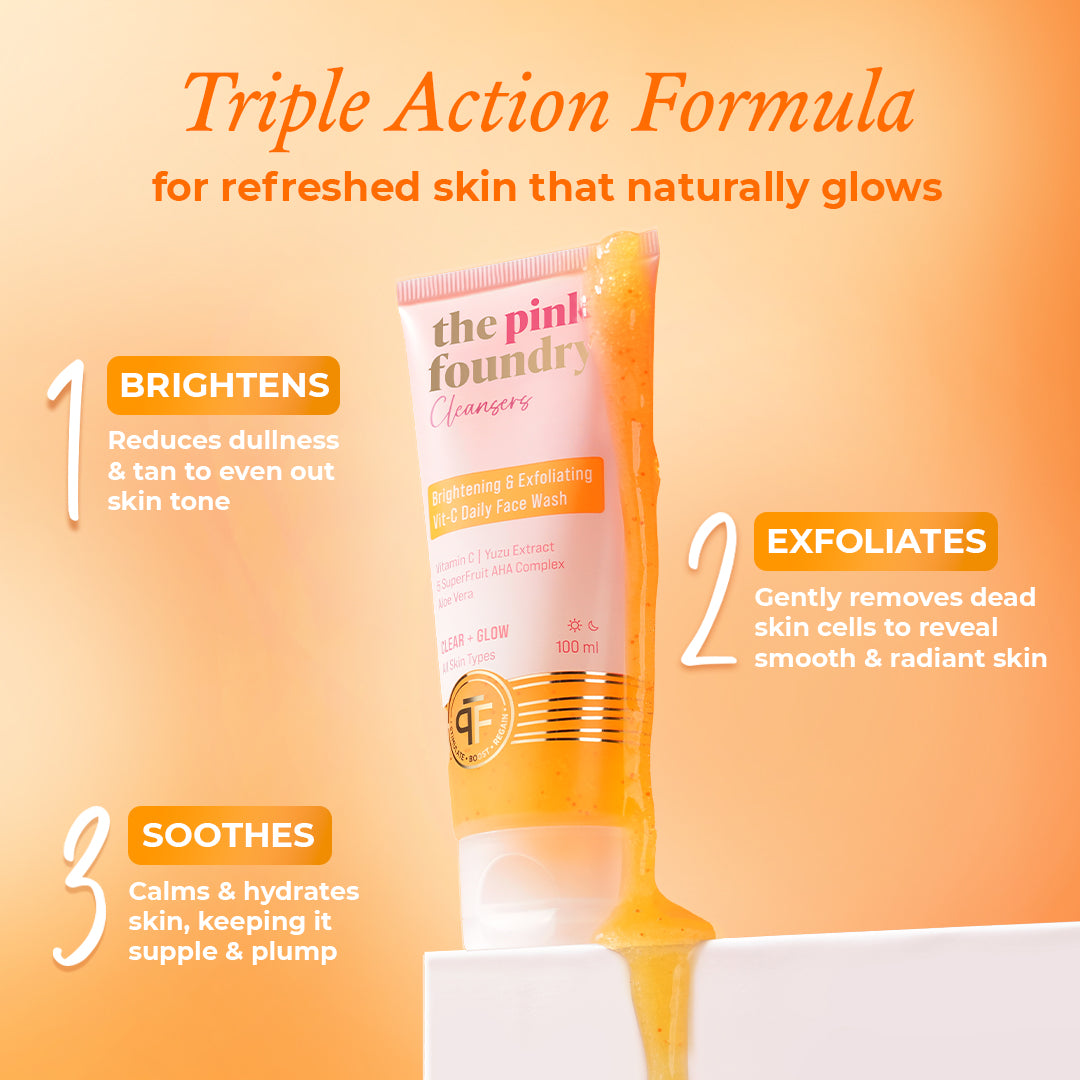
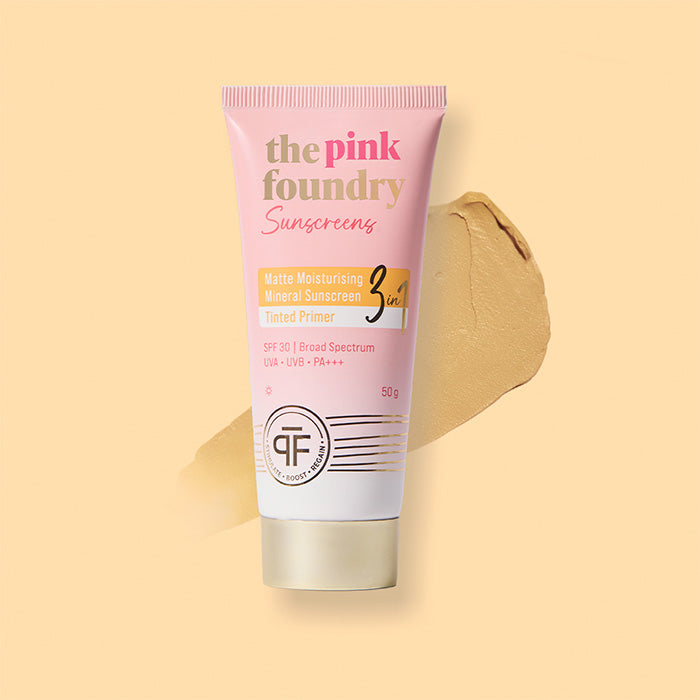
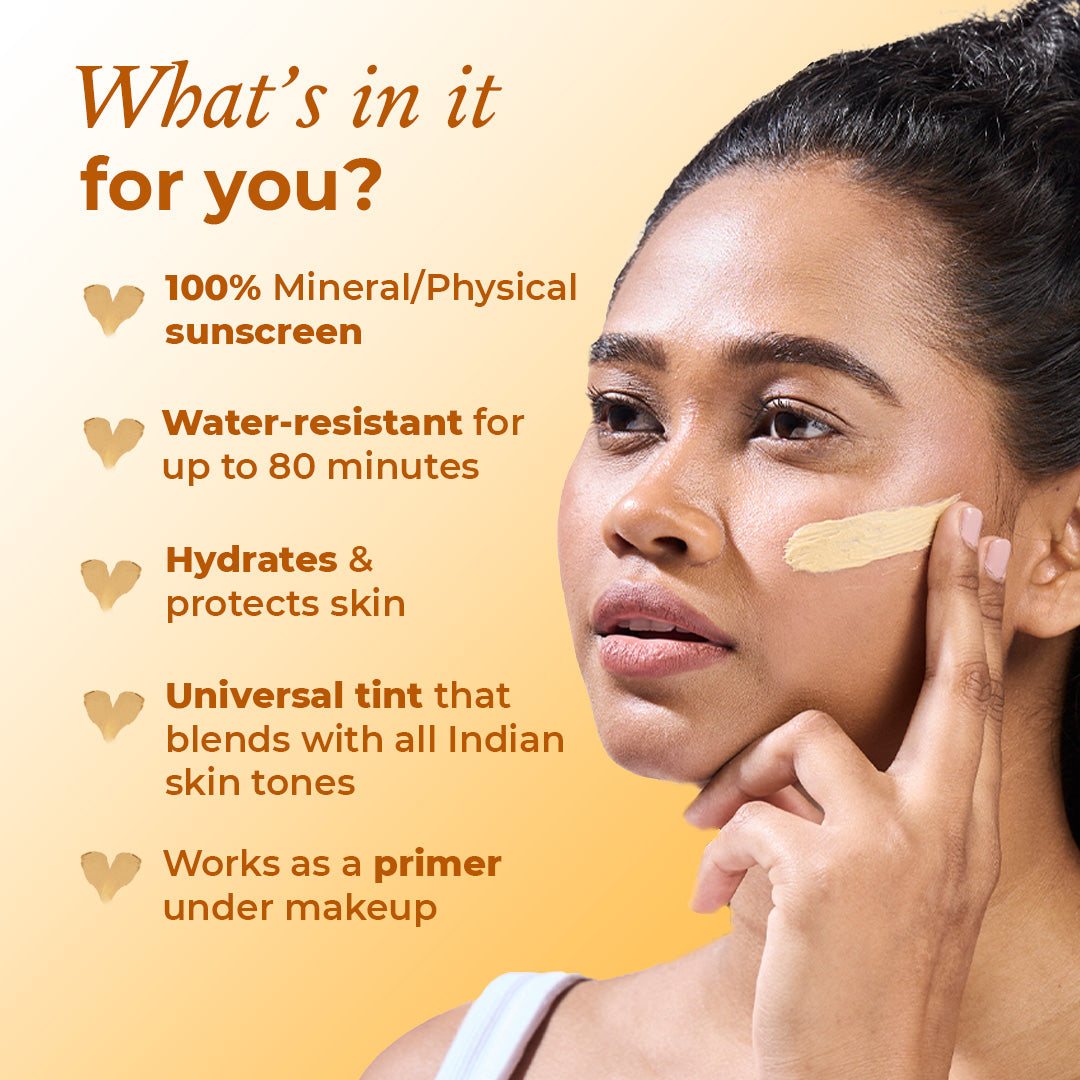
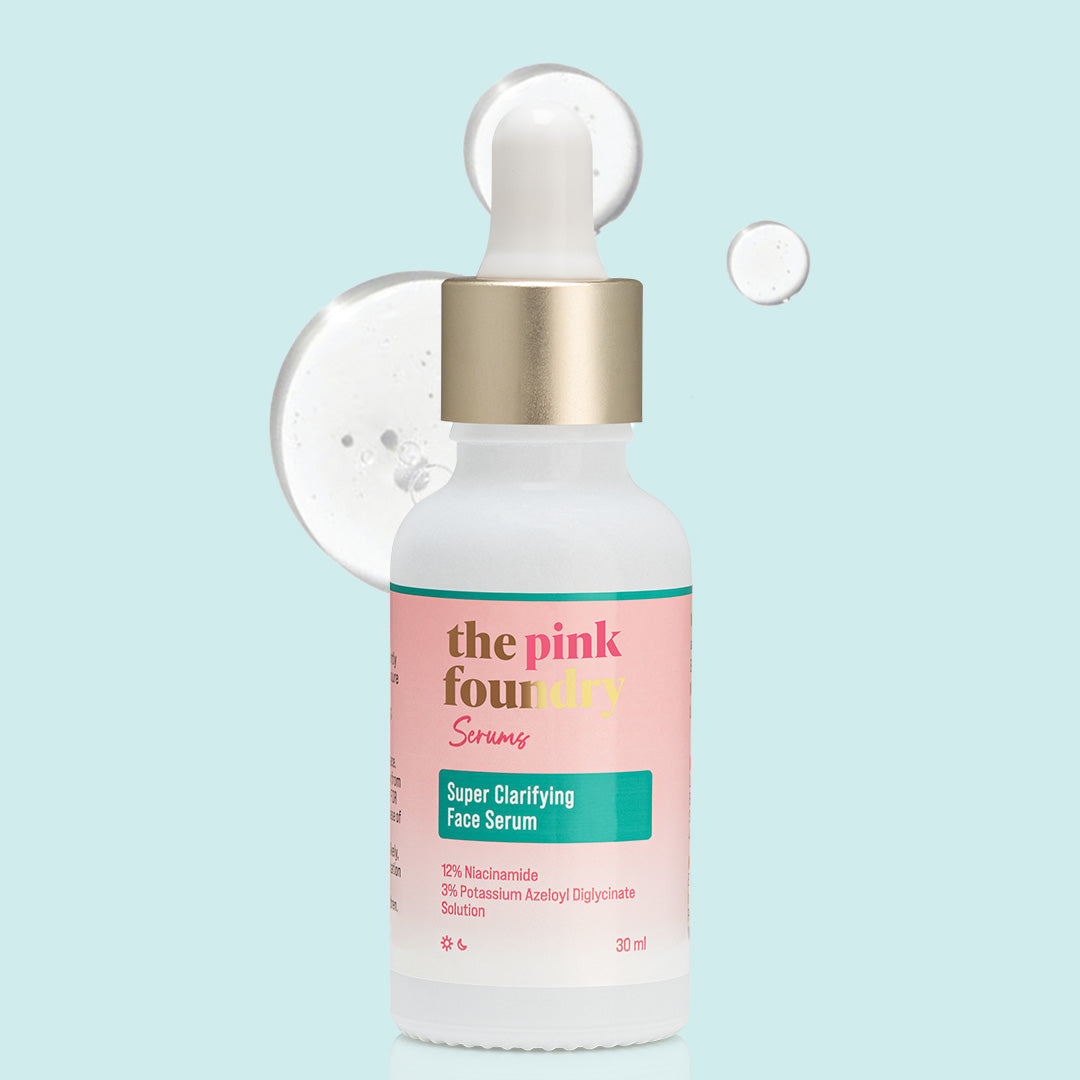
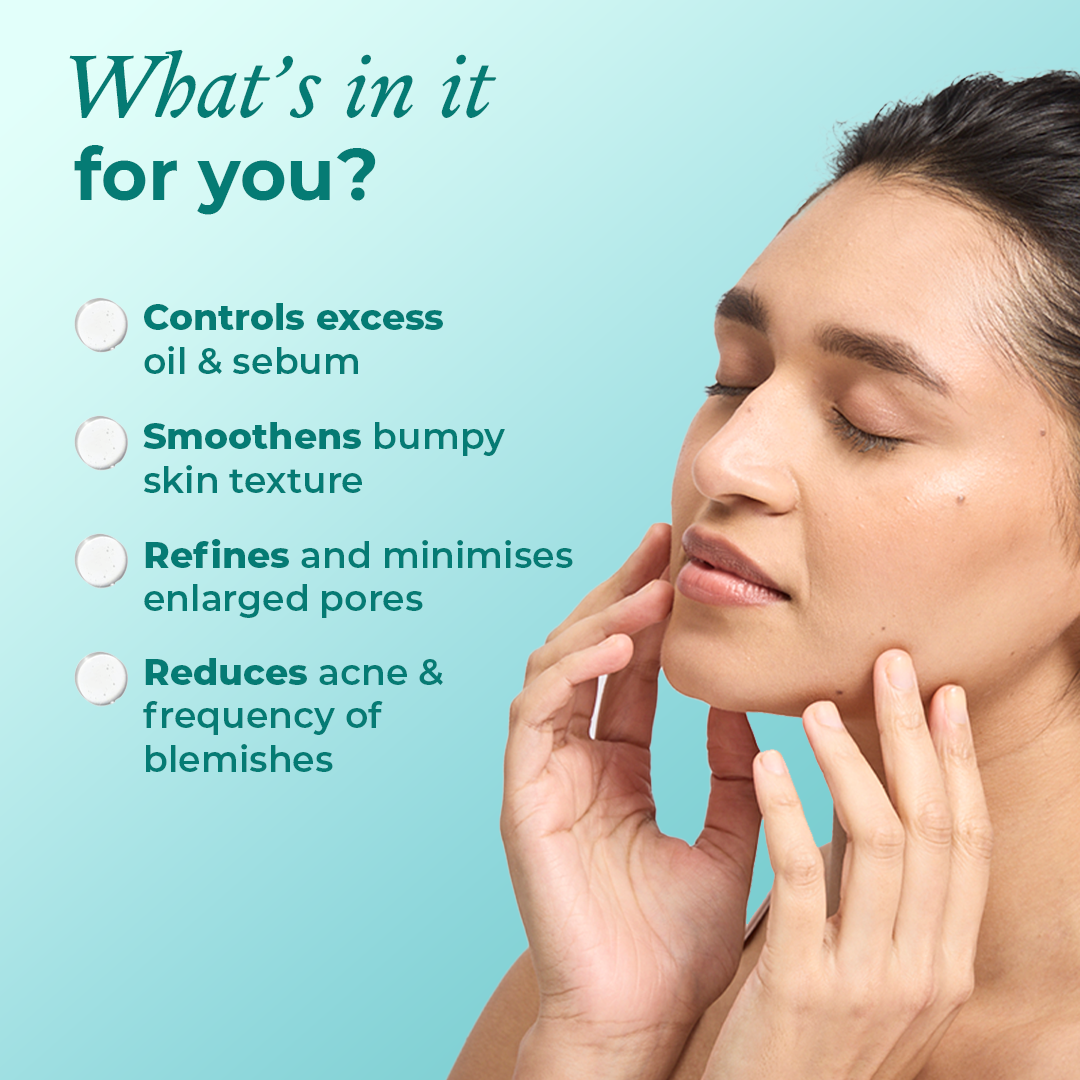

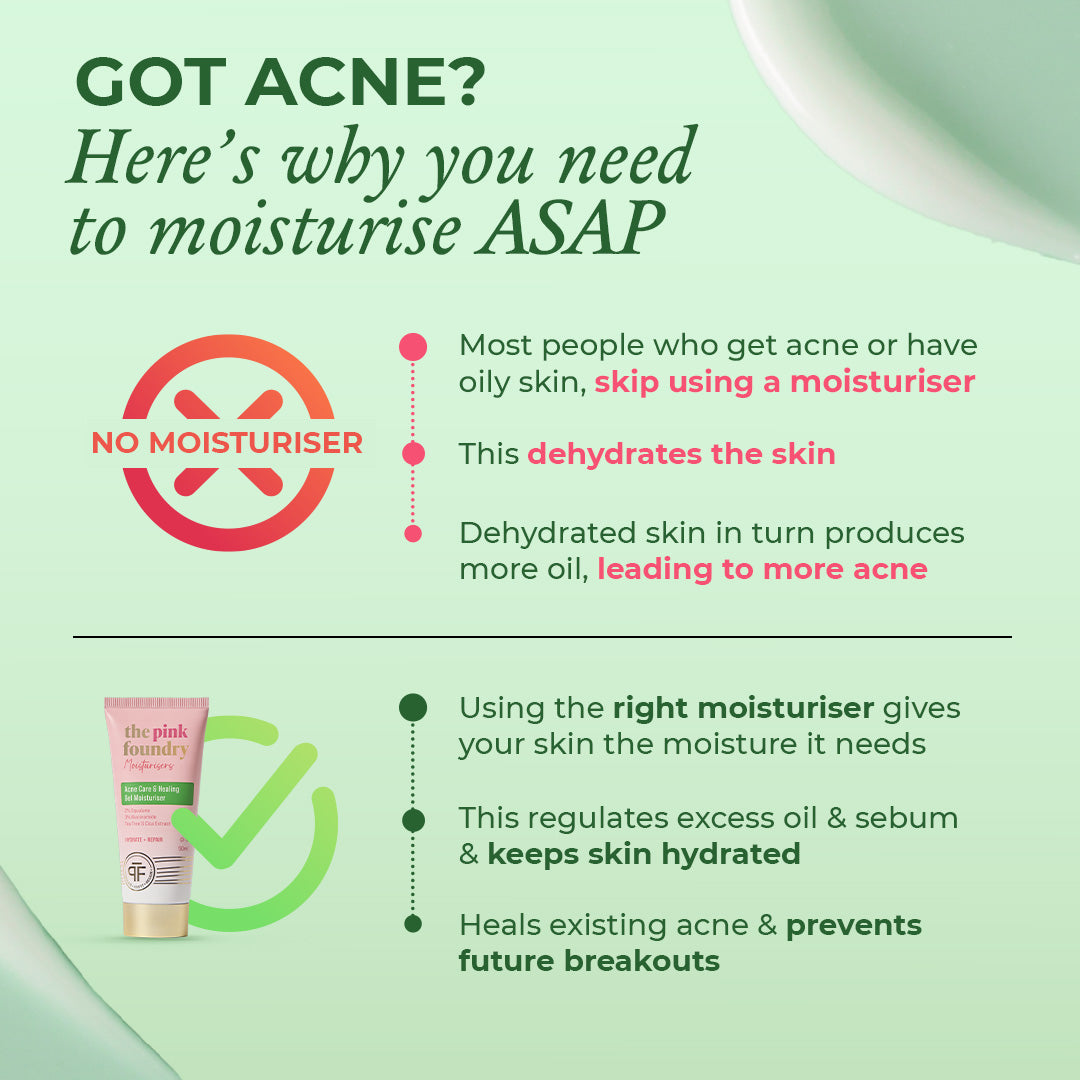
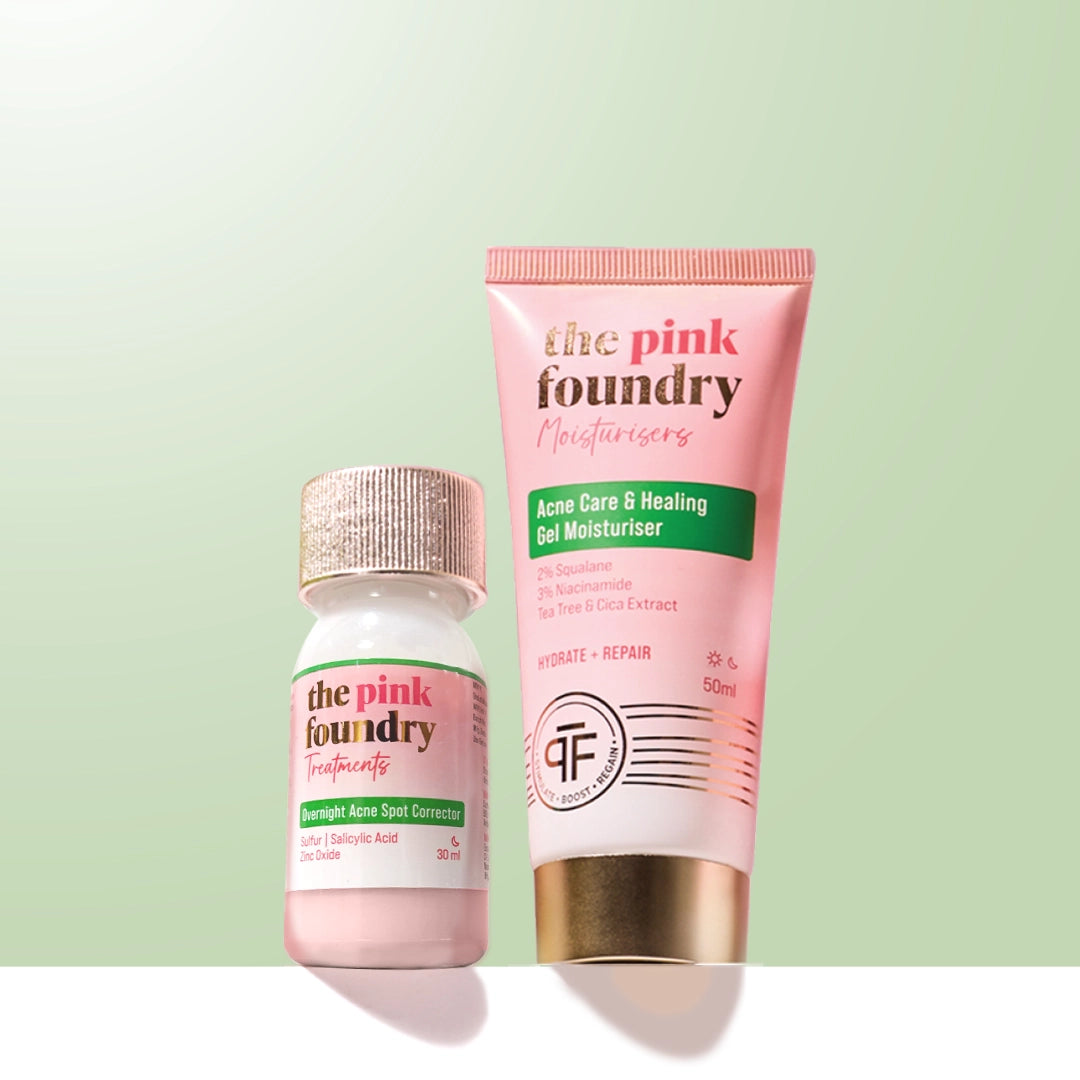
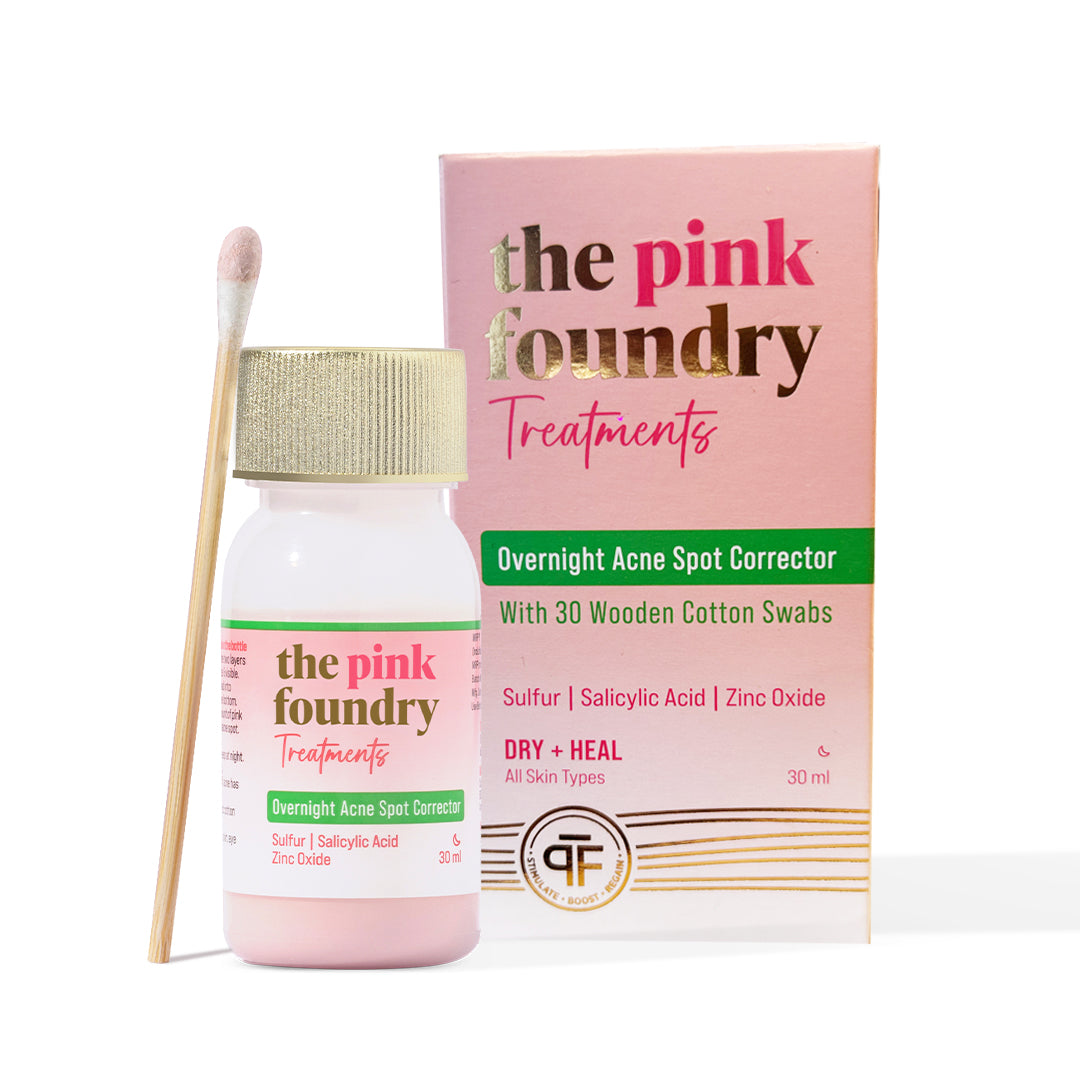
Leave a comment
This site is protected by hCaptcha and the hCaptcha Privacy Policy and Terms of Service apply.